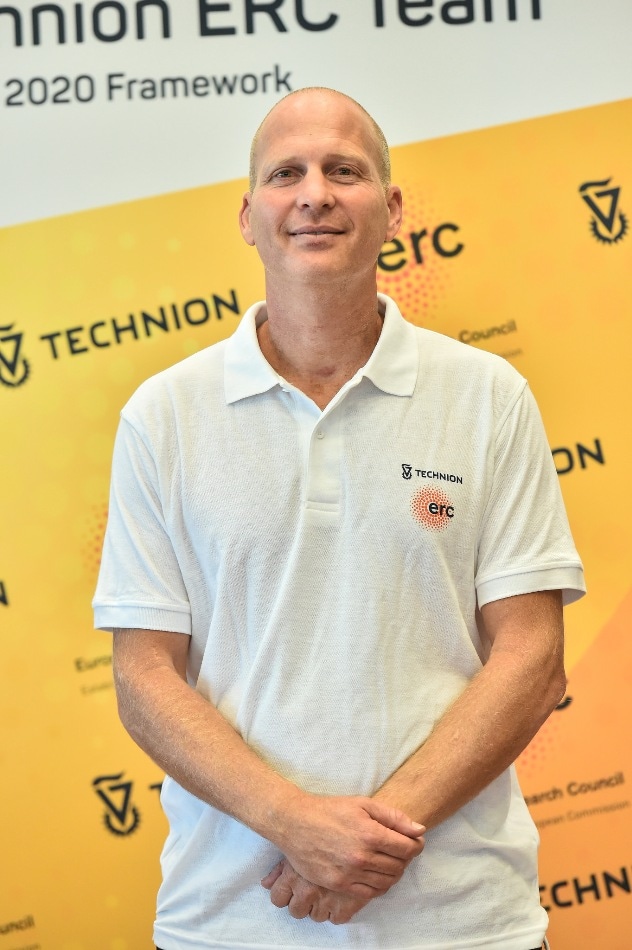Nov 16 2016
 Professor Rotschild in front of the illuminating model during the experiment. (Credit: American Technion Society)
Professor Rotschild in front of the illuminating model during the experiment. (Credit: American Technion Society)
Researchers from the Technion-Israel Institute of Technology have created an innovative technology that could improve photovoltaic (PV) cell efficiency by nearly 70%. This breakthrough development could help to overcome current technological limitations to harnessing solar power to fulfill the global energy consumption demands.
This research work was carried out at the Excitonics Lab, led by Professor Carmel Rotschild, in the Technion Faculty of Mechanical Engineering, with support from the Grand Technion Energy Program and the Russell Berrie Nanotechnology Institute at the Technion, and as part of the lab’s European Research Council (ERC) RC project on new thermodynamic tools for solar cells.
A very narrow range of the solar spectrum, which is the broad light supplied by the sun, is optimally utilized by PV cells. Radiation that does not fall in this narrow range warms the PV cells, and is not utilized. Due this energy loss, the maximum efficiency of existing solar cells is limited to around 30%.
The Technion researchers have described their research work in a paper recently reported in Nature Communications. An intermediate process occurring between the PV cell and sunlight forms the basis for this technology.
The photoluminescence material created by the Technion researchers absorbs the solar radiation, and transforms the heat and light form the sun into an “ideal” radiation. This radiation illuminates the PV cell to achieve higher conversion efficiency. Consequently, the efficiency of the device is increased from 30% to 50%.
For their technology, the Technion researchers took inspiration from optical refrigeration, where the light absorbed is reemitted at higher energy, resulting in the cooling of the emitter. The Technion technology works in a similar manner, but with sunlight.
Solar radiation, on its way to the photovoltaic cells, hits a dedicated material that we developed for this purpose, and the material is heated by the unused part of the spectrum. In addition, the solar radiation in the optimal spectrum is absorbed and re-emitted at a blue-shifted spectrum. This radiation is then harvested by the solar cell, and both the heat and the light are converted to electricity.
Assaf Manor, Graduate Student
The researchers hope to develop a full operating device with record efficiency within five years. If their attempt is successful, it could become a breakthrough technology in solar power.
The group’s report is part of The Leona M. and Harry B. Helmsley Charitable Trust reports on the Alternative Energy series of the Technion and the Weizmann Institute of Science.